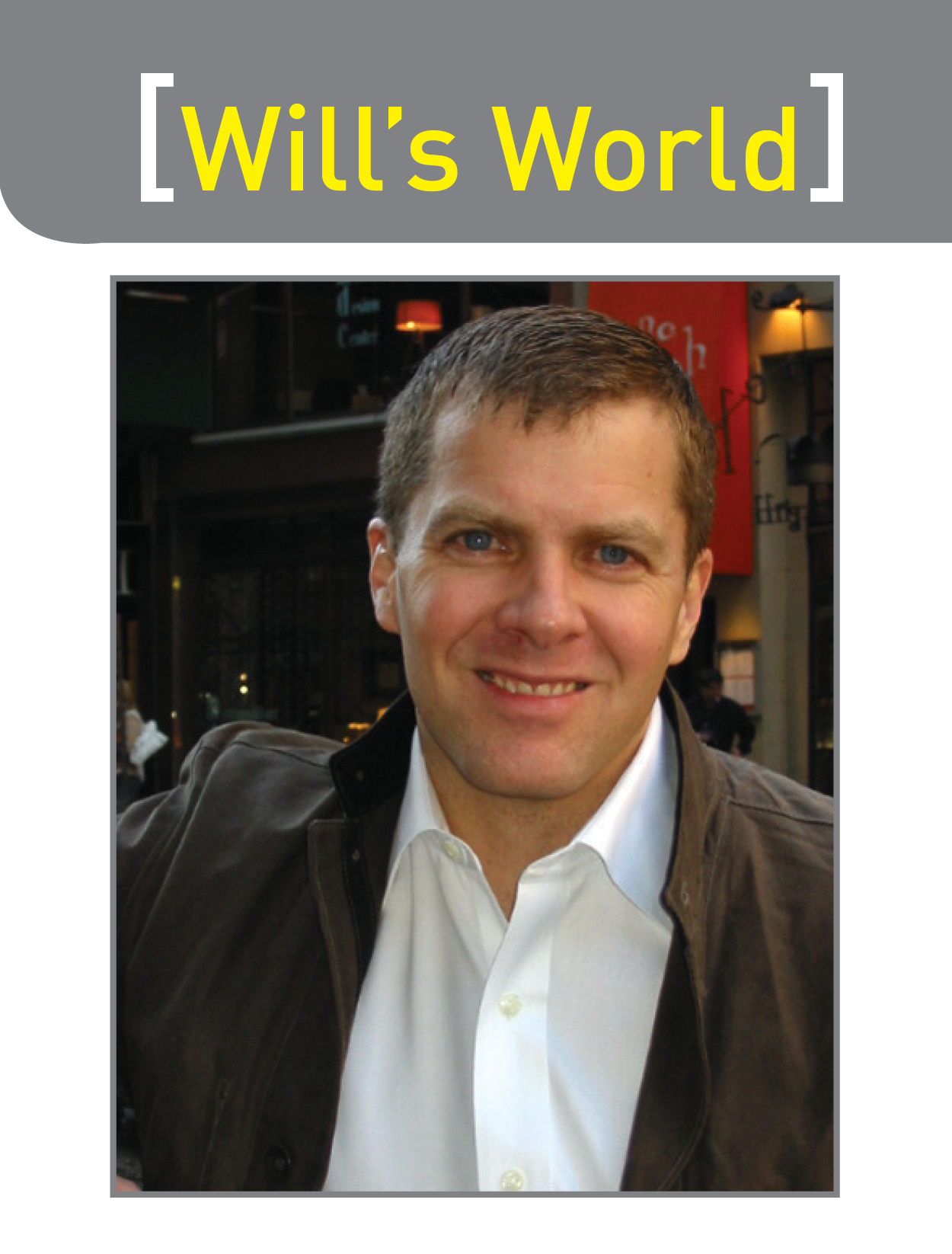By Will Carlin
Pablo Picasso, the Spanish artist, lived most of his adult life in France. Even during the Second World War, while the Germans occupied the city, Picasso remained in Paris. When Adolf Hitler became Germany’s dictator, his personal artistic preference was given the force of law, and Picasso’s style did not fit the Nazi aesthetic. After being frequently harassed by the Gestapo, Picasso stopped exhibiting and retreated to his studio.
While continuing to paint, write poetry and plays and make bronze sculptures, he also took the time to sketch. And sketch. And sketch. Since his art school days, he had used drawings both as academic exercises and as studies for more complex projects. He was well known for abstracts in pencil and paint where he carefully removed feature after feature until only a few lines remained.
Some critics likened these studies to paintings made by children. “It took me four years to paint like Raphael,” Picasso responded, referring to the sixteenth-century Italian who was known for his clarity of form. “But a lifetime to paint like a child.”
When the war ended, Picasso was sixty-three years old. He had developed a single-line technique where he was able to convey the essence of his subject in one continuous line. Many of these drawings were of animals. They became some of his most iconic and beloved images: the camel, the penguin, the flamingo and, of course, the dog (which was a drawing of his pet dachshund named Lump, who became famous for eating one of Picasso’s pieces—a cut-out of a rabbit made from a cake box).
Sometime around Christmas of 1945, Picasso created The Bull, a suite of eleven lithographs that have become a master class in how to make a simple form by starting with the complex. A decade before he started the sequence, Picasso had said: “A picture used to be a sum of additions. In my case a picture is a sum of destructions.” The images of The Bull lay bare these small obliterations. In each painting Picasso removed, dissected and mutated the bull’s form, steadily transforming a quite literal representation of the beast into abstract shapes that somehow balanced each other and remained recognizable. The final, eleventh image was a simple outline that had been so carefully considered through the preceding plates, that it was still, unmistakably, a bull.
Artists worldwide have studied The Bull over the years, but simplification is a concept that transcends disciplines. In a New York Times article about Apple’s secretive Apple University, Brian Chen wrote that “Apple has religiously embodied the notion that function and beauty come from elegant simplicity, and teachers in its internal training program sometimes point to a collection of Picasso lithographs that artfully illustrate the drive to boil down an idea to its most essential components.”
Part of the education of The Bull is that simplicity is an intense process. At Apple that ethos is described by Jony Ive, Apple’s chief design officer, as “A thousand no’s for every yes.” And yet, many people, when they look at Picasso’s line drawings, think they can easily replicate the images. Some budding artists are particularly prone to this thinking and, to prove the point, have done series of line drawings themselves, trying to imitate what Picasso created. They have been seduced, of course, by the end result—the simplicity, energy and life captured in the simple line drawings leads them to think this is where they should start, at the end rather than the beginning.
The same allure also exists in sport. Young players imitate the diving outfield catch, the mid-air adjustment on a drive to the basket, the bicycle kick shot on goal, or the backhand overhead into the nick. It’s understandable; the result is cool, exciting and memorable.
But the focus on the outcome frequently discounts the effort it took to get there. At the 2017 Australian Open Roger Federer unveiled what looked like a new, compact backhand that nullified Rafael Nadal’s longtime advantage of hitting heavy topspin to that side. Federer was asked how he did it. He replied that he had been working on it for fourteen years with four different coaches. One incremental change at a time. It looked simple, but it took consistent determination.
Ramy Ashour’s brother, Hisham, once talked about the effort Ramy put into mastering certain squash shots: “He goes onto a court and practices it for hours and hours and hours. If he really wants to get a shot down, he makes a commitment that he won’t walk off the court until he has it down. No water, no bathroom, no breaks. Sometimes it’s like eleven or sixteen hours in a row hitting one single shot over and over for the entire time.” Perhaps it’s no accident that when Ramy is waiting to return serve, he holds his racquet much as a painter holds a brush or an artist holds a pencil.
Pencil sketches, like squash practice, represent an essential skill that gets changed and reinvented through constant reworking, constant reimagining and constant stripping things away until the essential remains. When people see genius they often think it looks simple. There is genius in simplicity, but Picasso’s The Bull insists that we acknowledge something else.
Simple takes work.



